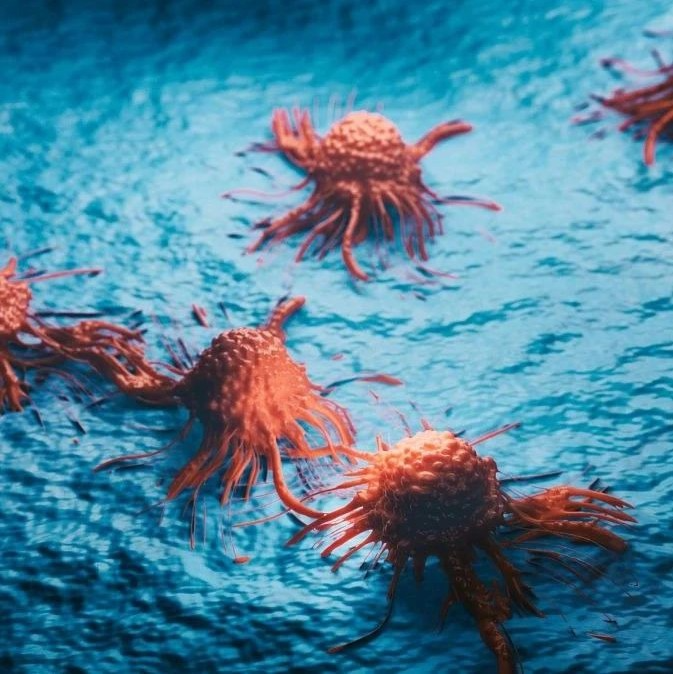炎性体inflammasome是一组参与先天免疫系统激发的复杂蛋白质,是大多数细胞动物的一个古老的抗菌防卫体系。
在4月在线出版的《自然―免疫学》期刊上,研究人员报告了流感病毒激活炎性体的机制,新发现也许将有助于科学家们设计针对流感病毒应激的新防御干涉和治疗方式。
以前的研究发现,流感病毒M2蛋白质是流感病毒致病性的一种重要离子通道。AkikoIwasaki和同事指出,流感病毒M2蛋白质能刺激炎性体通道。对炎性体的流感活性来说,M2通道的活性是必要的。而且,M2对炎性体活性的调控需要将之定位在细胞中细胞器上的高尔基体上。
未来还需要进一步的研究,以求证其他病毒是否也通过类似的离子通道来激发炎性体。(生物谷Bioon.com)
生物谷推荐原文出处:
Nature Immunology (2010) doi:10.1038/ni.1861
Influenza virus activates inflammasomes via its intracellular M2 ion channel
Takeshi Ichinohe, Iris K Pang " Akiko Iwasaki
Influenza virus, a negative-stranded RNA virus that causes severe illness in humans and animals, stimulates the inflammasome through the Nod-like receptor NLRP3. However, the mechanism by which influenza virus activates the NLRP3 inflammasome is unknown. Here we show that the influenza virus M2 protein, a proton-selective ion channel important in viral pathogenesis, stimulates the NLRP3 inflammasome pathway. M2 channel activity was required for the activation of inflammasomes by influenza and was sufficient to activate inflammasomes in primed macrophages and dendritic cells. M2-induced activation of inflammasomes required its localization to the Golgi apparatus and was dependent on the pH gradient. Our results show a mechanism by which influenza virus infection activates inflammasomes and identify the sensing of disturbances in intracellular ionic concentrations as a previously unknown pathogen-recognition pathway.







